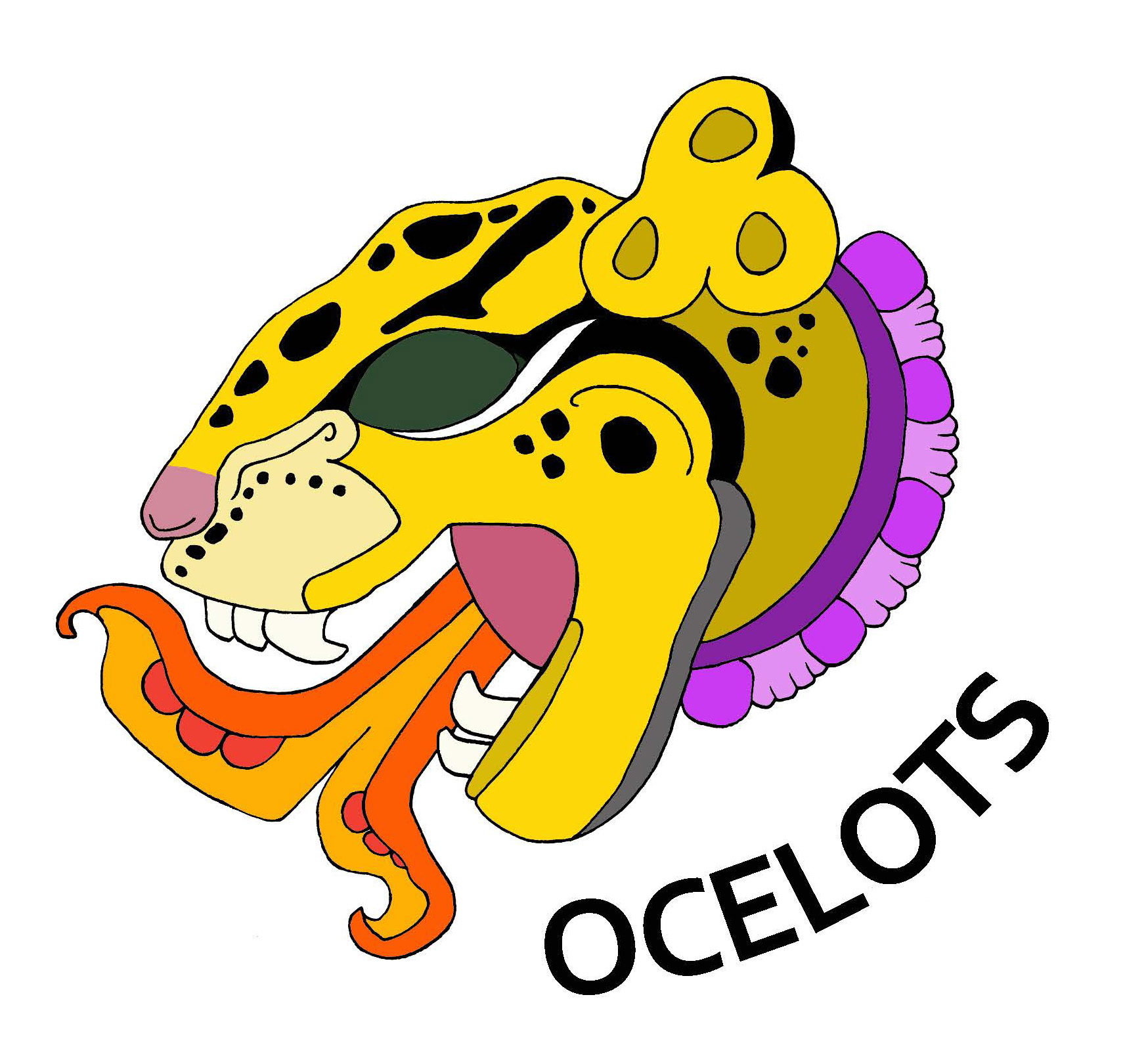Resources
Implementing an online module about measuring carbon stocks in an undergraduate Earth Science course
Author(s): Jose Montalva
East Central University
447 total view(s), 132 download(s)
- Gala
carbon sink.jpg(JPG)
Montalva_OCELOTS FMN_Implementation Plan Teaching Notes. Earth Science ECU.pdf(PDF | 154 KB)
Montalva_Lab 12 Questions.pdf(PDF | 160 KB)
Montalva_Lab 12 Questions Key.pdf (Instructors only)(PDF | 203 KB)
carbon sink.jpg(JPG | 264 KB)
- https://gml.noaa.gov/education/info_activities/pdfs/TBI_earth_spheres.pdf
- License terms
Description
A contemporary and crucial subject to study at the undergraduate level in an Earth Science course is climate change. Gaining an understanding of the carbon cycle's dynamics may be essential to reducing its harmful impacts. In the present module students explore High technology to measure forest carbon stocks in a tropical forest. Carbon stocks function as carbon sinks, reducing the atmospheric concentration of carbon, thus mitigating the greenhouse effect and global warming. Students discuss the concepts they learned in class and in this case, study concepts related to climate change.
Overview of Module:
Remote sensing technology has advanced rapidly, making it possible to scan a forest in 3D and obtain hundreds of images in radiation bands that go beyond what our eyes can see. A large amount of highly detailed information about forests opens a possibility to improve carbon stock estimates, but it also creates a challenge to find the best modeling strategies. This module explores the use of high technology to measure forest carbon stocks in a tropical forest and helps students understand climate-related changes associated with the carbon cycle.
Summary of implementation plan and teaching notes.
- This module was implemented in an undergraduate Earth Science (Gen. ed. Non-majors) course at East Central University, Oklahoma
- The module was used as the last lab of the course, finishing the concept of the 4 spheres (https://gml.noaa.gov/education/info_activities/pdfs/TBI_earth_spheres.pdf). The module fit perfectly as the last sphere, Biosphere, because it incorporated biotic and abiotic elements, and integrated topics learned in the previous labs.
- Supplementary materials attached: Set of questions that were loaded to the university blackboard and the answer key.
Support was provided by: A grant from the United States National Science Foundation (DBI-RCN-UBE 2120141).
Cite this work
Researchers should cite this work as follows:
- Montalva, J. (2024). Implementing an online module about measuring carbon stocks in an undergraduate Earth Science course. OCELOTS, QUBES Educational Resources. doi:10.25334/98S7-HQ75
